Tens of Millions Suffer from Heart Failure Around the World
Heart FailureHeart failure (HF) is a condition where the heart is not pumping enough blood to meet the needs of the body.
When heart failure occurs, there is an increase in pressure in the heart and lungs, plus fluid build-up in the lungs. The fluid causes congestion and makes it hard to breathe during activities or even when at rest.
In addition to shortness of breath, other symptoms associated with heart failure include general fatigue, tiredness, and rapid weight gain. Many people with heart failure also experience swollen legs and feet.
Treatments for heart failure typically focus on providing relief from these symptoms, improving a patient’s quality of life, and helping to keep patients out of the hospital. Treatments may include medication, lifestyle changes, and other interventions including use of medical devices.
The impact of heart failure is global and widespread. Heart failure is the leading cause of death and hospitalization in the United States(1). In Europe, it is estimated that 1 and 2% of the population lives with heart failure, rising to over 10% for persons aged 70 and above(2).
1 | U.S. Centers for Disease Control, 2020
2 | European Heart Network, 2019
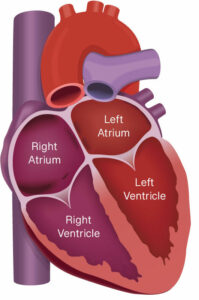
Normal Heart Function
In a normal heart, two chambers coordinate to pump blood to the lungs for oxygenation (the right atrium and right ventricle) and two chambers coordinate to pump oxygen-rich blood to the rest of the body (the left atrium and left ventricle).
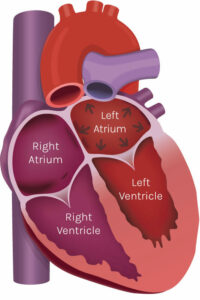
Heart Failure with Preserved Ejection Fraction (HFpEF)
For patients with HFpEF, the heart is normally strong, but pressure builds up in the heart and the lungs due to a stiffened and more muscular left ventricle.
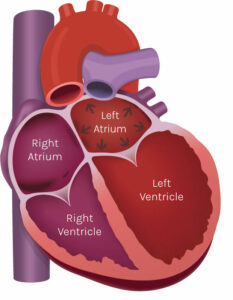
Heart Failure with Reduced Ejection Fraction (HFrEF)
For patients with HFrEF, the heart is weakened and usually enlarged.
Pulmonary arterial hypertension (PAH) – like heart failure – is a condition that has a relationship with atrial pressures.
In PAH, the blood vessels in the lungs are constricted. This condition results in an increase in pressure in the heart and lungs.
Patients with PAH may suffer from one or more symptoms including difficulty breathing, reduced tolerance for exercise and general fatigue, and light-headedness. In addition, many people with PAH have swollen legs and feet.
Like heart failure, treatments for PAH typically focus on providing relief from these symptoms, improving a patient’s quality of life, and helping keep patients out of the hospital. Treatments may include medication, both oral and intravenous (IV).

Normal Heart Function
In a normal heart, two chambers coordinate to pump blood to the lungs for oxygenation (the right atrium and right ventricle) and two chambers coordinate to pump oxygen-rich blood to the rest of the body (the left atrium and left ventricle).
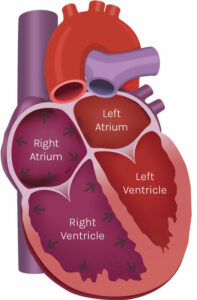
Pulmonary Arterial Hypertension (PAH)
For patients with PAH, increased blood pressure in the lungs causes weakness and enlargement of the right side of the heart.
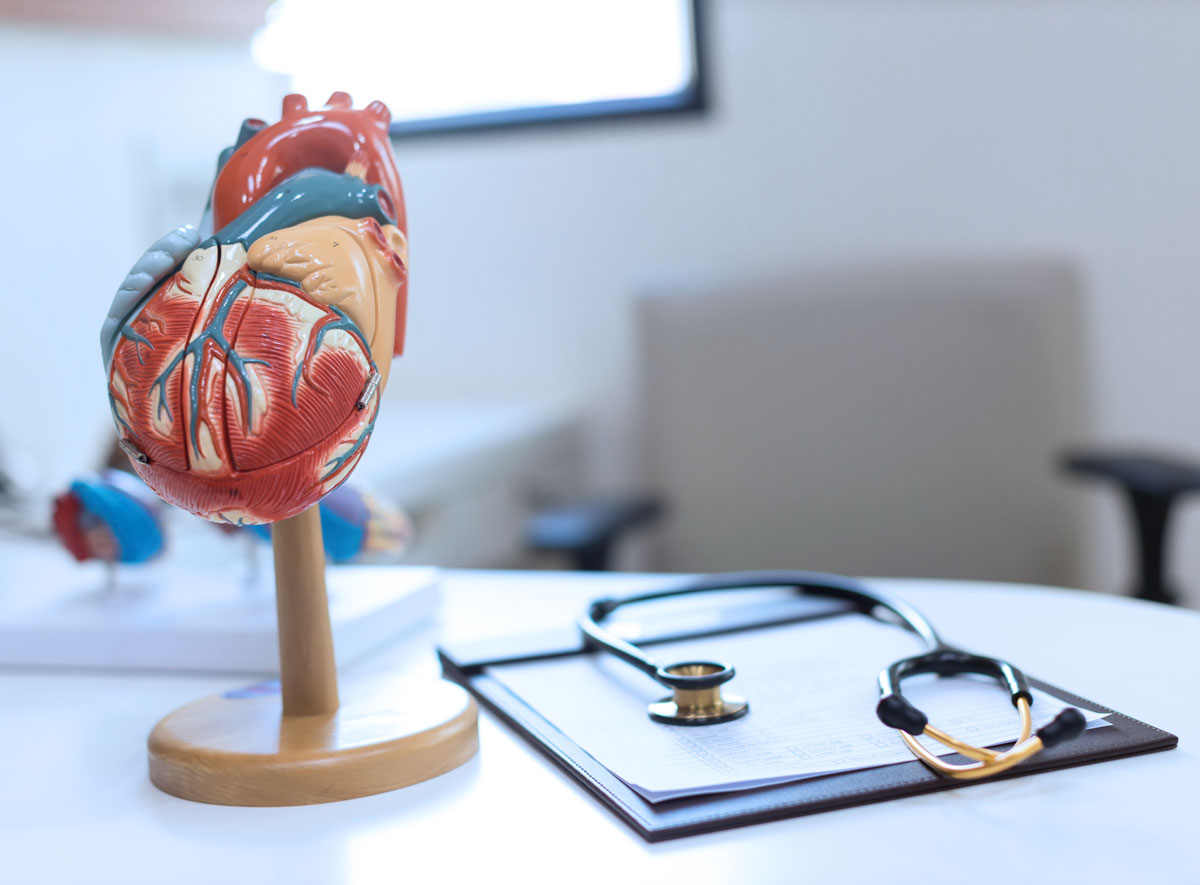
For both left-sided heart failure and pulmonary arterial hypertension, physicians observe elevated atrial pressures.
For left-sided heart failure, increased pressures in the left atrium leading to pulmonary congestion can be the major cause for worsening patient symptoms (3).
An interatrial shunt is a medical device designed specifically to lower pressure in the atrium with the higher pressure. The device does this by allowing a small amount of blood to pass from the higher pressure atrium to the other atrial chamber. This action is intended to reduce pressure when needed, such as during physical exertion or with excessive fluid retention.
Unlike other treatments like medications, which may reduce HF or PAH symptoms but require correct dosing and may introduce side effects, an interatrial shunt is intended to directly support decompression of the elevated atrial pressure with minimal or no side effects. As a result, this action may help patients ultimately feel better and avoid hospital stays.
MP0008 Rev. 00 DCO 670.
